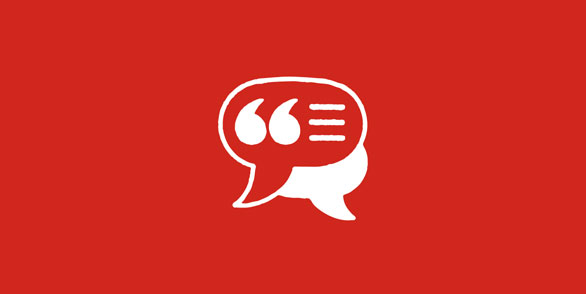Qualified research expenses (QREs) are central to the federal research and development (R&D) tax credit. Businesses that can identify which of their costs meet the qualifying criteria may be able to take advantage of a dollar-for-dollar reduction in their tax bill.
What are qualified R&D expenses?
Certain costs incurred during the development or improvement of products, processes, techniques, formulas, inventions or software that meet specific IRS requirements are considered qualified research expenses1. Examples include employee wages, contract research expenses and supply costs.
What is qualified research?
Activities that meet the following four-part test defined by the IRS may qualify for the R&D tax credit:
- Was the research related to the development or improvement of the functionality, quality, reliability or performance of a business component (product, process, software, technique, formula or invention)?
- Was the development technological in nature?
- Was there technological uncertainty about either the capability or method of developing the business component or its appropriate design?
- Was the developmental process experimental in nature?
What expenses qualify for the R&D credit?
Employee wages and contract expenses may be eligible for the R&D tax credit if the labor is performed in the United States. Supplies, defined as tangible raw materials used in the R&D process that were not capitalized or depreciated, may qualify, as well.
General and administrative costs, on the other hand, typically are not eligible. This is true for activities that were wholly or partially conducted in support of qualified research.
Qualified R&D employee wages
For wages to qualify for the R&D tax credit, employees must perform qualified research activities, such as:
- Conducting or executing the qualified research (e.g., testing a manufacturing prototype)
- Directly supervising the qualified research (e.g., managing a team of software developers)
- Directly supporting qualified research (e.g., organizing test results on formulation trials)
Only the time attributable to these specific activities may be claimed as part of the credit. In addition, employers must provide documentation that includes at least one of the following:
- Employee Form W-2s
- Payroll registers
- Time tracking data
- Time questionnaires
- Oral testimony
- Meeting minutes
Qualified R&D supply expenses
Qualified supply expenses are defined as tangible properties directly used in research activities that were not capitalized or depreciated. For example, raw materials used to fabricate and test prototypes would be eligible, but the research facility itself, depreciable equipment or general office materials would not.
Qualified contract research expenses
Much like qualified wage expenses, qualified contract research expenses include time spent conducting or executing qualified research. The difference, however, is that these activities are performed by a third party, not the business entity itself.
According to IRS guidelines for contract research, businesses must:
- Maintain substantial rights to the research performed by the contractor – and –
- Bear the economic risk of the contractor’s development
How ADP can help businesses determine qualifying expenses and claim eligible tax credits
By relying on our expertise and technical resources, ADP customers may be able to take a broader, deeper view of tax credit and incentive opportunities for which they might be eligible. We specialize in identifying qualified research expenses, performing the required calculations and monitoring for regulatory changes that could affect the R&D tax credit. As a result, our clients can focus more of their attention on potential cost offsets and less on compliance activities.





